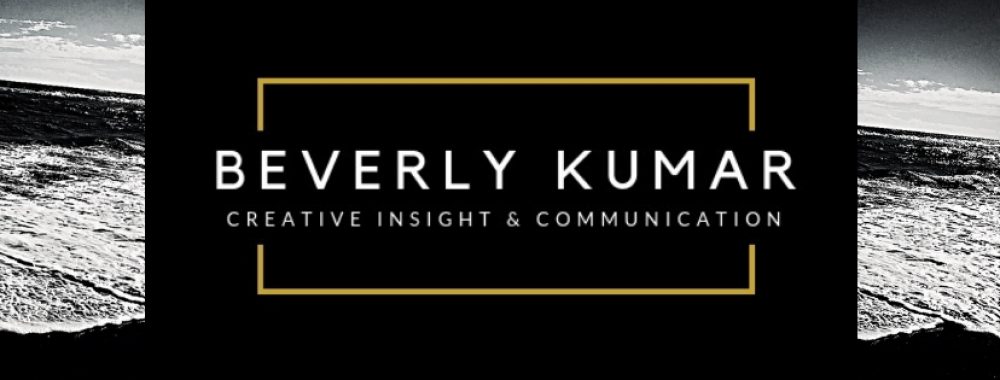While there has been a lot written about how to help students (minors) be good digital citizens, not much exists to help guide teachers, administrators and school volunteers on how to lead by example. Far too often, things are posted by mistake, educators don’t realize the implications of “open” social platforms and are not familiar with district policy. While no educator would ever intentionally put a student in harms way, even the most technically savvy educators need a reminder. Here are some simple ideas that you can do now to ensure that you, as someone who either works or volunteers at a school, is making good choices that align with policy, privacy, safety, respect and courtesy.
- Personal devices are just that- personal. Tablets, lap tops and smart phones purchased and registered by schools are appropriate devices for teachers, administration and volunteers to use to document and “share” student progress and work. By storing student photographs (and videos) on your personal device, you risk student confidentiality.
- Aware before share on open platforms. If your school or classroom has an “open” (meaning, any one can view them) Twitter, Instgram or Facebook account, be familiar with the school district’s social media policy on open platforms for teachers, administration and volunteers.
- Get permission in writing. With a full disclosure of your intentions, ask permission from parents and caregivers, prior to posting material involving their child. Teachers, administrators and volunteers simply don’t know the history of every child. With a plethora of facial recognition software available, it’s easier than ever to find someone online.
- Be respectful, selective and creative. Focus on the work or project, not the student(s) with a creative camera angle. Always ask your subject (student, volunteer, fellow teacher) if you can take a photo before you do. Angle your camera to reflect the profile, from behind or zero in on materials being used in the hands of the student. If you can identify the student, save that photograph for an individual email to parents or to share at conferences. Be aware of what is in the photograph- crop out any street signs or license plates. Just as your students are to present their best work, be selective about what you share- only your best.
- Be mindful of digital footprints. A digital footprint is created when data is collected without the owner knowing. We aren’t sure how this information can be used, but if you are tagging companies or using hashtags, it makes it a whole lot easier for marketers to learn more about not only the gate keepers of student safety, but students themselves.
- Know your audience. While social media platforms can be used as a tool to collaborate and share with other professionals, remember to keep your school accounts separate from your personal accounts. Especially, if you are the community social media manager of the school. The school account shouldn’t reflect what is happening with you, but rather the school.
Contact me for
- speaking opportunities
- workshops for your organization
- a social media audit of your school, teachers, administration and district

